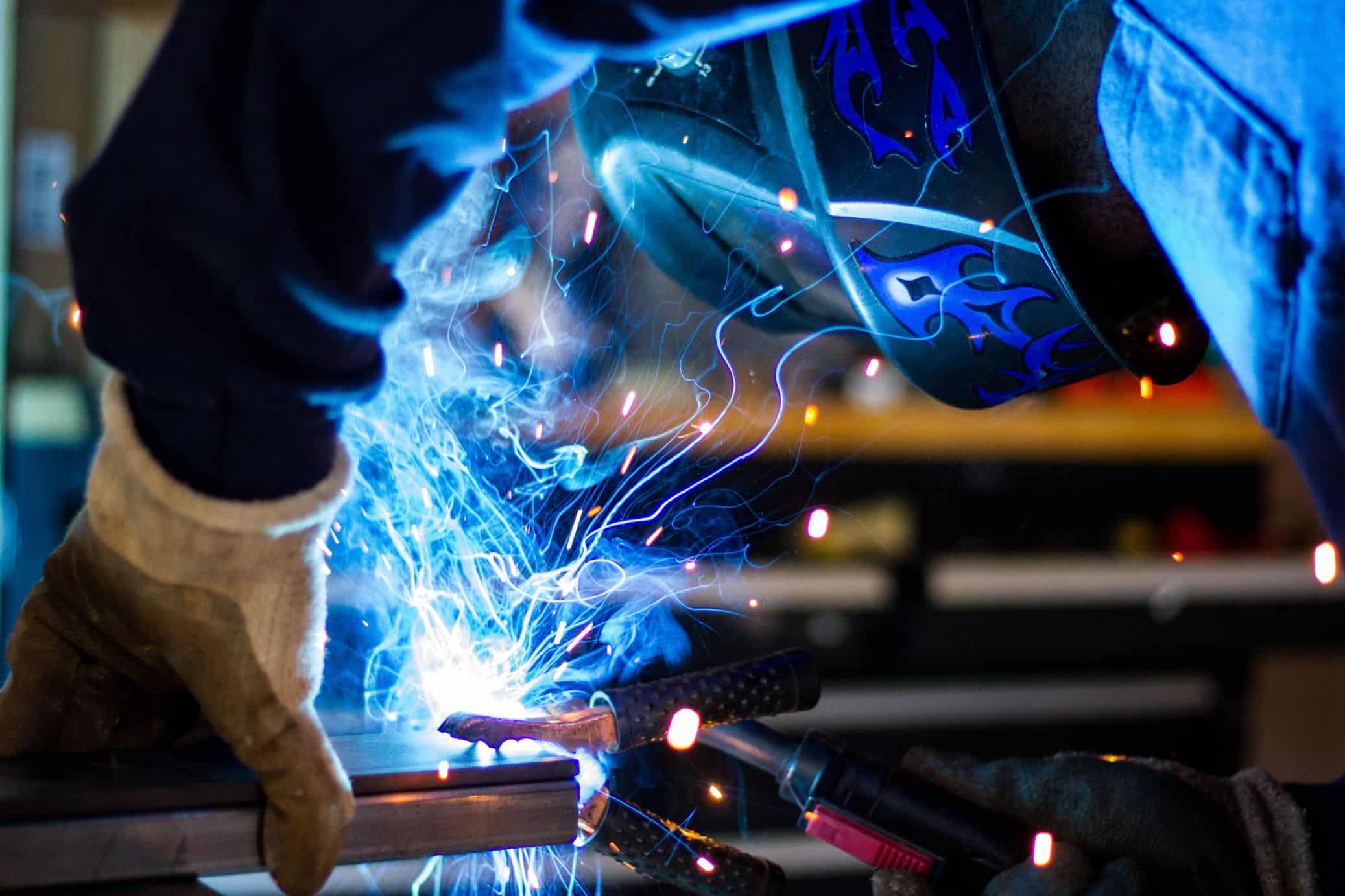With recent technological developments, welding automation has become more common across industries. Before innovations in automatic welding, weld quality, as well as the entire manufactured component, were dependent solely on the welder’s skill. Nowadays, though, technicians can monitor and optimize the welds performed by automated machines and robots.
Orbital welding is a common example of an automated welding system. However, it is only applicable when the weld needs to be performed on a stationary workpiece while the weld head rotates around it. Many industrial welding applications require in-place welding where the position of the weld head is fixed and the workpiece needs to be rotated. For such applications, automatic welding technology in fixed positions can provide the ideal solution.



